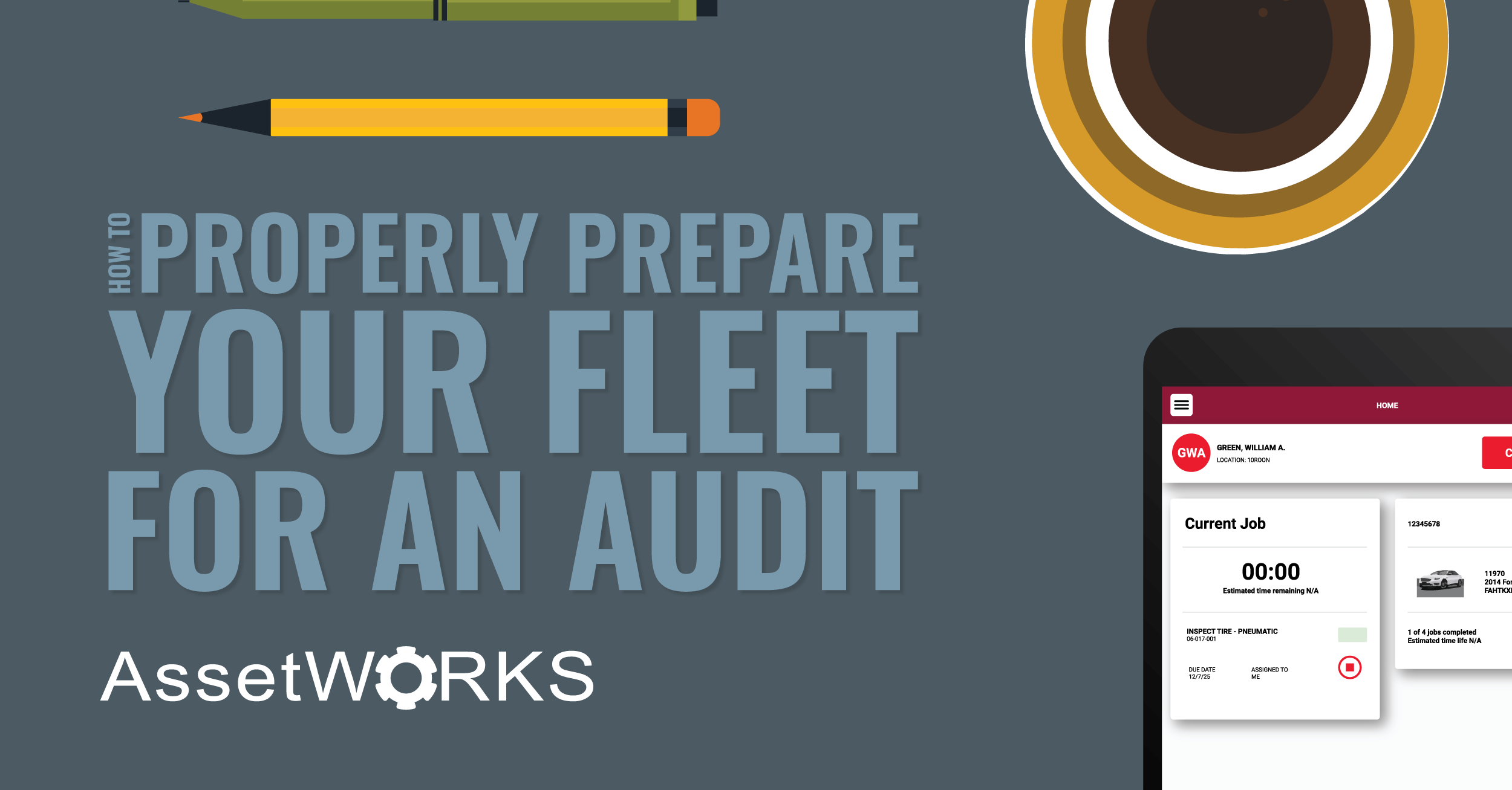Fleet professionals who manage a mobile workforce have limited visibility into how drivers and operators spend their time. Using driver behaviour technology and enforcing a driver policy are simple ways to see how efficient workers are with their time and where opportunities exist for improvement. Fleets have already lowered their operational costs by implementing these three driver behaviour practices:
1) “No Distracted Driving” Policy
To reduce the risk of distracted driving, certain conduct should be prohibited while driving a vehicle for company business:
- Reading documents, either printed or electronic
- Operating laptops, tablets, or GPS devices
- Using cellphones
The above behaviours should be outlined in a company policy- including the consequences of breaking the agreed-upon terms. Managers and drivers will agree on the expected behaviour, and drivers will sign the policy before hitting the road. A clear distracted driving policy will create trust between managers and drivers to improve driver safety- leading to fewer costly repairs.
2) Driver Behaviour Monitoring
A telematics solution allows you to analyse other undesirable activities such as speeding, swerving, hard braking, and unauthorised use- as well as track idling costs to eliminate wasteful driving habits, increase ROI and keep your costs down.
Here are some of the undesired activities managers should narrow in on the data to determine what needs to be modified in their fleet:
- Frequently Changing Speed- Changing your speed causes more fuel consumption, but cruise control can save up to 10 per cent on fuel. For safety reasons, cruise control is best on roadways with consistent speed limits, but it helps maintain a constant speed and save fuel.
- Driving Too Fast- With light commercial vehicles and passenger cars, any speed greater than 50 mph is not fuel-efficient as aerodynamic drag increases. When aerodynamic drag is high, a force is pulling back on the vehicle to reduce the speed and therefore causes an increase in fuel consumption.
- Gear Shifting Incorrectly- Over-revving damages the engine and consumes more fuel, as the vehicle should not go to such high revolutions per minute (RPM). To shift gears efficiently, drivers should upshift early in their acceleration process- around 2,000 or 2,500 RPM.
- Idling- Especially in hot conditions, drivers may idle until the temperature in their vehicle reaches the desired temperature. Drivers should remain comfortable, but they should also use some alternatives. One way to use less air conditioning in the summer is to park in the shade or use curtains- reducing idling by 20 per cent.
- Hard Braking- Hard braking causes vehicles to switch gears at a rate that is not optimal for fuel efficiency. If the driver brakes heavily, 33 per cent more fuel is consumed. Coasting decreases the speed by releasing the accelerator pedal while keeping the vehicle in gear; consuming no fuel.
Once the analysis is complete, it is time to monitor any driver of concern.

3) Driver Reward Program
If a driver is not motivated to correct unwanted behaviour, the behaviour will likely continue. Offering additional money to drivers’ paychecks and recognition is an easy way to get them to make better decisions on the road, but how do you determine how much to reward drivers?
A weighted scorecard is a fair way to determine a driver’s payout. Saying they can miss out on a bonus because of one incident does not motivate them to practice safe behaviour for the remainder of the bonus period. If a driver has the chance to still receive a partial payout, even after an adverse incident, they can still choose to do well in other areas: hard braking, idling, or speeding- so they can still receive some type of reward.
Scorecards also offer fleets the analytics and data to present drivers with a balanced evaluation. Drivers can see where they are performing poorly and where they are striving. Showing drivers not only where they are performing poorly but also where they are performing well helps support retention efforts. Top performers should feel appreciated if managers want to keep them in their organisation.












